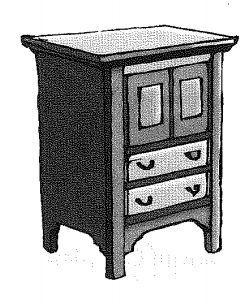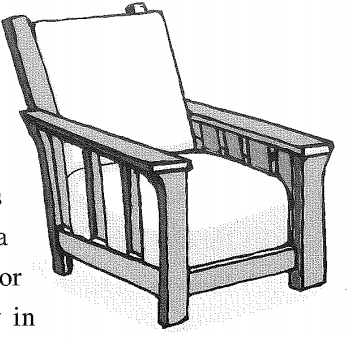Questions 1-2 are about the following passage.

The Arts and Crafts Movement in America came as a response to industrialization in the late 19th and early 20th century. Before the Arts and Crafts Movement, the world was excited about the possibilities offered by machines. Machines were advanced. They could make good-quality products quickly, cheaply, and efficiently.
However, when humans seemed too reliant on machines, people became worried and wanted to return to an earlier time. This idea started the Arts and Crafts Movement. Instead of emphasizing very ornate and decorated pieces, the Arts and Crafts Movement was concerned with being true to materials, honest craftsmanship, and simple folk traditions. This movement mainly affected architecture and home furnishings. Simplicity became important — both on the exterior and in the interior of a home. Good, solid craftsmanship was praised. Factories began to produce goods and furniture that were given finishing touches by skilled workers.
The Arts and Crafts Movement in America was different from the movement in Britain. The British saw the movement as purely anti-industrial while Americans saw the movement as a way to promote the perfect middle-class home. These Americans believed that a simple home would help the American people to think logically and clearly. The simplicity of the American home would prevent people's minds from being complicated by complex decoration.
The remains of the Arts and Crafts Movement can still be seen today. Some say that the Arts and Crafts Movement was a prelude to modernism, which uses simple forms without a lot of decoration. Indeed, much of the architecture and interior design in America today is built on ideas of simplicity in structure, which came from the Arts and Crafts Movement.
